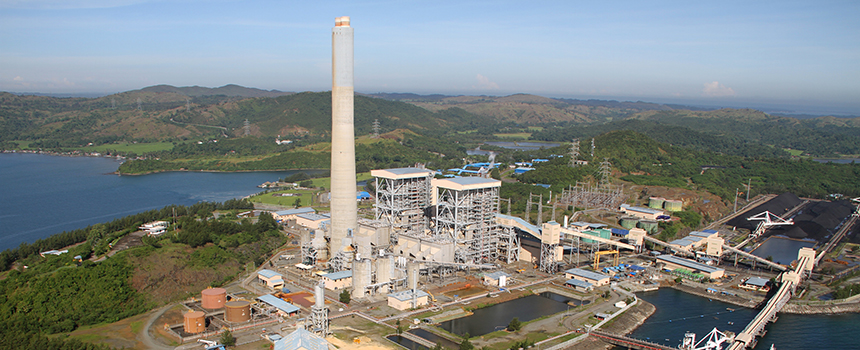DOE: Yellow alert possible until June
- April 22, 2021
- 0

The Department of Energy (DOE) is on the watch for a possible yellow alert for Luzon until June due to the usual high electricity demand for summer and the simultaneous shutdown of several power plants.
Energy Asec. Redentor Delola pointed out the possibility of the Luzon Grid going on a yellow alert until the first week of May and again from the fourth week of May to the fourth week of June, as 1,917 megawatts (MW) have been shaved from the Luzon Grid.
Four major power plants have gone on forced shutdowns. The 647MW Unit 2 of Team Energy and San Miguel Corporation’s Sual coal plant in Pangasinan has been offline since last year and is expected to go back online by the third week of May.
Aboitiz Power Corporation’s 316MW GNPower Mariveles Unit 1 stopped operations last February and is expecting to return to service in August. Semirara Mining and Power Corporation’s 300MW Sem-Calaca Unit 2 was also forced to go offline and is expected to go online again in July, while the 150MW Unit 2 of South Luzon Power Generation Corporation coal plant is also down.
Meanwhile, AboitizPower’s Ambuklao hydropower plant Unit 2, Magat hydro Unit 3, and GNPower Mariveles Unit 2, which have a combined capacity of 475MW, are on scheduled shutdown.
Officials emphasized, though, that the yellow alert would only happen if one more major plant or if a combination of small plants bog down. Power supply is still sufficient under yellow alert, but tighter monitoring begins with the goal of avoiding rotational brownouts.
“Based on what we’re seeing right now, as long as [there is no] substantial level of forced outages for the coming weeks or the coming months, we don’t expect any problems in terms of demand,” Delola told reporters in a virtual press conference.
The DOE projected Luzon’s demand for the year to hit 11,841MW in May, but actual figures point otherwise.
“Since January, hindi po natin tinmaan ‘yung ating forecast. What we expect moving forward — April, May, and June — ‘di natin mahi-hit itong 11,841MW. We will have a demand that’s substantially lower,” Delola added.